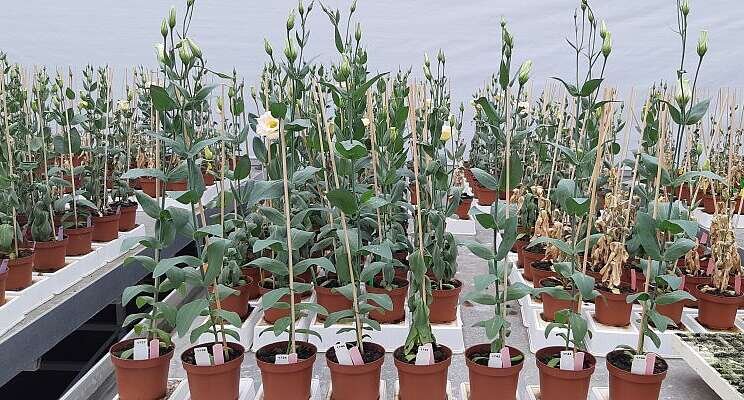Can soilborne diseases be combated with biorationals?
Added on 12 February 2022

<section style="margin: 0px; padding: 0px; border: 0px; font-style: normal; font-variant-ligatures: normal; font-variant-caps: normal; font-variant-numeric: inherit; font-variant-east-asian: inherit; font-weight: 400; font-stretch: inherit; font-size: 16px; line-height: inherit; font-family: verdana, sans-serif; vertical-align: baseline; display: block; color: rgb(51, 51, 51); letter-spacing: normal; orphans: 2; text-align: start; text-indent: 0px; text-transform: none; white-space: normal; widows: 2; word-spacing: 0px; -webkit-text-stroke-width: 0px; background-color: rgb(255, 255, 255); text-decoration-thickness: initial; text-decoration-style: initial; text-decoration-color: initial;">
Fungi (such as Fusarium and Verticillium) and oomycetes (such as Pythium and Phytophthora) can infect a crop through the roots, causing damage. WUR is investigating whether these infections can be prevented with biorational agents, such as biopesticides. Such agents are increasingly available on the market for use in crops, but their potential remains underused. The question is how these products can protect the plants against soilborne pathogens during the entire lenght of a cultivation cycle.
The research is conducted in two model crops: lisianthus and cucumber. Cultivation of lisianthus is soil-based with a relatively long propagation period (around 12 weeks) and relatively short cultivation in the greenhouse (7-8 weeks), while cucumber cultivation is much longer (up to4-5 months) and takes place in inert growing medium (stonewool or perlie).
Click here to read more.
Photo Courtesy of Wageningen University & Research
</section>
Source: Wageningen University & Research
More news















